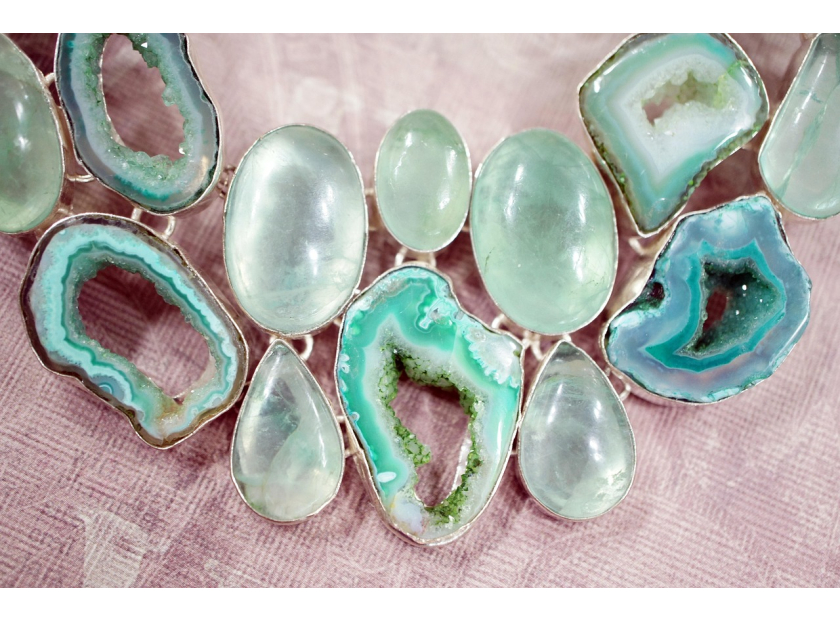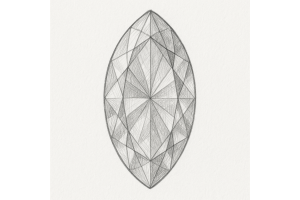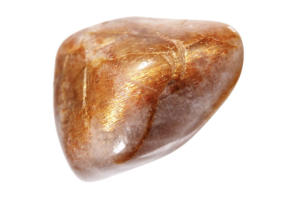GBP
/
GBP
/
Shipping to:
Currency:
How to Tell If a Spinel Is Real: A Complete Guide for Gem Lovers
Spinel is a captivating gemstone that has often been mistaken for other precious stones like rubies and sapphires.
Its vibrant colours and remarkable brilliance make it a favourite among gem enthusiasts and jewellers alike.
However, with the market flooded with both natural and synthetic spinels, it's essential to know how to distinguish between the two.
This guide will walk you through the characteristics of spinel and provide practical tips to help you identify a genuine stone.
Understanding Spinel
Spinel is a magnesium aluminium oxide mineral that crystallises in the cubic system.
It's renowned for its wide range of colours, including red, pink, blue, lavender, green, brown, black, and even colourless varieties.
Historically, spinel has been misidentified as ruby or sapphire due to its similar appearance and shared mining locations.
Notable examples include the "Black Prince's Ruby" and the "Timur Ruby," both of which are, in fact, spinels.
Why Synthetic Spinel Exists
The allure of spinel's beauty has led to the creation of synthetic versions, primarily through methods like flame-fusion (Verneuil process) and flux-melt.
These lab-grown spinels are often used as affordable alternatives in jewellery, mimicking the appearance of their natural counterparts.
While they offer aesthetic appeal, synthetic spinels lack the rarity and, often, the value of natural stones.
Identifying Genuine Spinel
Distinguishing between natural and synthetic spinel can be challenging, but several methods can aid in the identification process.
Colour and Clarity
Natural spinels exhibit a range of colours with varying saturations.
They often contain inclusions, which are natural imperfections that can resemble fingerprints.
In contrast, synthetic spinels tend to have more uniform colours and fewer inclusions, appearing almost too perfect.
Cut and Facets
Authentic spinels are typically well-cut but may not display perfect symmetry.
Synthetic stones, especially those produced via the flame-fusion method, might have overly sharp edges and flawless symmetry, which can be a giveaway of their artificial origin.
Hardness Test
Spinel ranks 7.5 to 8 on the Mohs hardness scale, making it relatively hard.
While a scratch test can indicate hardness, it's not advisable to perform this at home, as it can damage the stone.
Instead, consult a professional gemmologist for accurate testing.
Magnification Examination
Using a jeweller's loupe or microscope, examine the stone for inclusions.
Natural spinels may contain mineral inclusions or "fingerprint" patterns.
Synthetic spinels, particularly those created through the flame-fusion method, might display curved growth lines or gas bubbles.
Refractive Index
Spinel is singly refractive, meaning it doesn't split light into two rays.
This property can be tested using a refractometer.
Natural spinels have a refractive index around 1.718, while synthetic ones, especially those produced by the Verneuil method, often have a slightly higher refractive index of about 1.730.
Professional Authentication Methods
Gemmological Testing
Professional gemmologists employ tools like spectroscopes and UV lights to analyse a stone's properties.
For instance, natural blue spinels may show specific absorption lines when viewed through a spectroscope, whereas synthetic ones might display different patterns.
Laboratory Certification
Obtaining a certificate from reputable gemmological laboratories, such as the Gemmological Institute of America (GIA) or the International Gemological Institute (IGI), provides assurance of a stone's authenticity.
These certificates detail the gemstone's characteristics and confirm whether it's natural or synthetic.
Common Misconceptions About Spinel
- All red spinels are rubies: Historically, many red spinels were mistaken for rubies, but they are distinct minerals with different properties.
- Affordable spinel is always synthetic: While synthetic spinels are generally cheaper, some natural spinels are also affordable, depending on their quality and rarity.
- Spinel always fluoresces under UV light: Fluorescence in spinel varies based on its composition and origin; not all spinels exhibit this property.
Tips for Purchasing Genuine Spinel
- Choose Reputable Jewellers: Opt for jewellers with a solid reputation and positive reviews. For instance, check out gemstone engagement rings for a selection of high-quality options.
- Request Documentation: Always ask for any available certificates or documentation that verify the stone's authenticity. This is particularly important when considering non-traditional engagement rings that feature unique gemstones.
- Be Cautious with Online Purchases: While online shopping offers convenience, ensure the seller has a return policy and provides detailed information about the gemstone. For example, when browsing gemstone rings, look for comprehensive product descriptions and customer reviews.
Frequently Asked Questions
How can I test a spinel at home?
While some basic observations can be made at home, such as examining colour and clarity, definitive tests require specialised equipment. It's best to consult a professional gemmologist for accurate identification.
Is there a significant price difference between natural and synthetic spinel?
Yes, natural spinels are generally more valuable due to their rarity, whereas synthetic spinels are more affordable and widely available.
Is spinel more valuable than ruby or sapphire?
While high-quality spinels can be valuable, rubies and sapphires typically command higher prices in the market. However, the value of any gemstone depends on factors like clarity, colour, origin, and certification. If you're curious about how different stones compare, check out lab-grown diamonds vs gemstones.
Can a jeweller tell if a spinel is fake?
A trained jeweller can often identify a synthetic spinel through visual inspection and basic tools. However, for absolute certainty, they may recommend further gemmological testing or lab certification.








